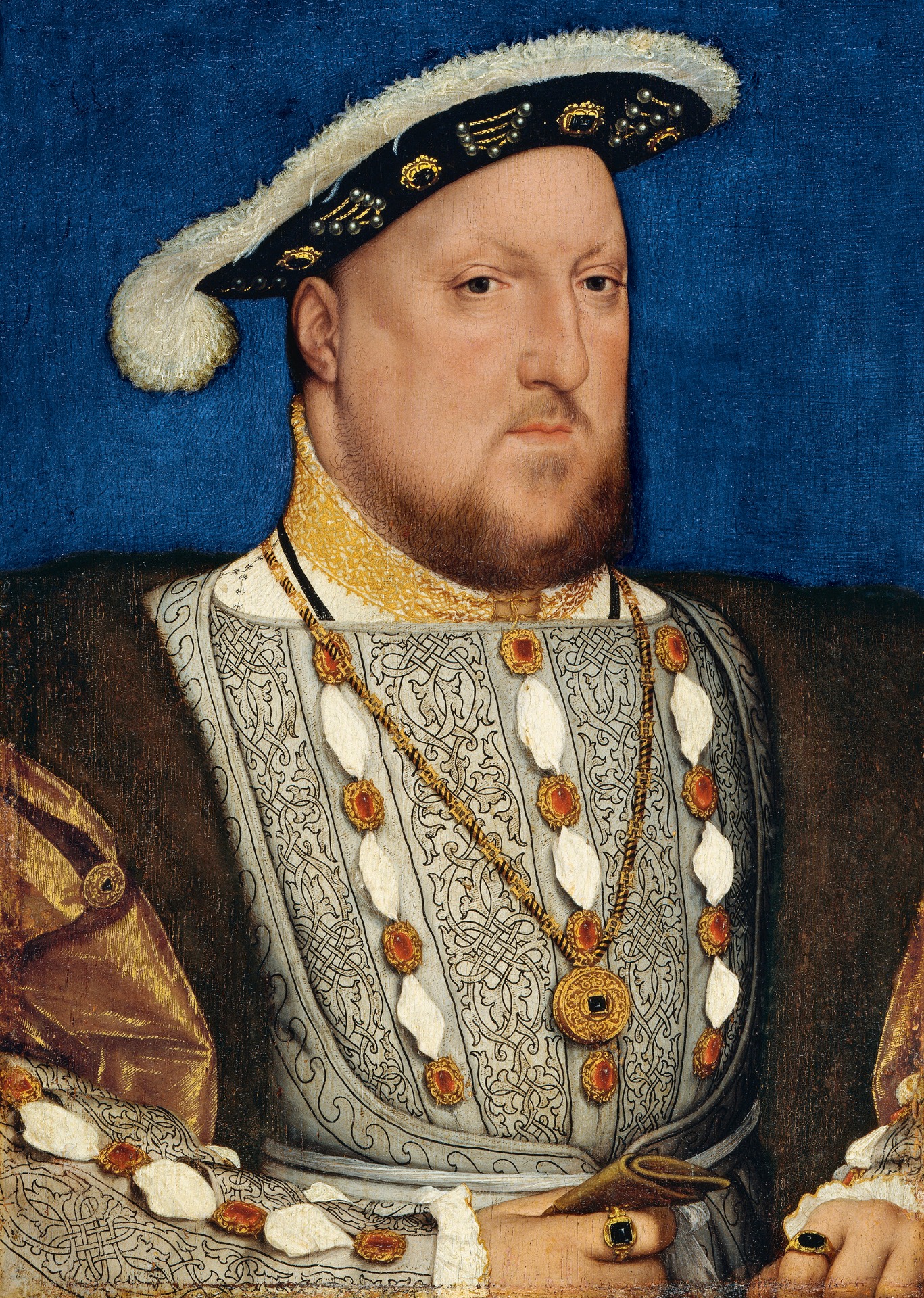The Tudors in England
Henry VII (1485 - 1509)
In 1485, Henry VII was crowned King of England on the battlefield at Bosworth after his army defeated and killed Richard III. Henry's reign brought 85 years of civil war to an end. Henry wanted to keep his kingdom secure and created several foreign alliances in order to avoid wars. He arranged the marriage of his 13-year-old daughter Margaret to James IV to secure peace between England and Scotland.
Henry VIII (1509 - 1547)
Henry VIII at the age of 17 succeeded to the throne after the death of his father. He ordered the creation of the first national postal service for the royal mail. Called 'The King's Posts', it commanded to all towns to have a fresh horse available for anyone carrying mail from the Tudor Court. This royal mail system was opened to the general public in 1635 by King Charles I - this was the start of the postal system they use today.
Henry married Catherine of Aragon, but later on he requested an annulment from the Pope in order to marry another women named Anne Boleyn. The request was refused by the Pope. In response, Henry broke from the authority of the Pope and was declared as the head of the English Church by the British Parliament. After Anne Boleyn, Henry had four other wives (having in total 6 wives).
Edward VI (1547 - 1553)
Henry died and his son Edward aged 9 became the king. Edward's uncle Edward Seymour seized power by establishing himself a protector of Edward. Seymour was later arrested and executed after he failed to solve England's near bankruptcy. Edward died aged 15, never ruling in his own right. The cause of his death is not certain.
Mary I (1553 - 1558)
Edward's half-sister Mary took the throne. At first Mary enjoyed widespread popular support. However many opposed her decision to marry Catholic Phillip II of Spain and reconcile with Rome. She attempted to take England back to Catholicism. During her reign nearly 300 Protestants were burned after refusing to reconvert, thus she earned the nickname 'Bloody Mary'.
Elizabeth I (1558 - 1603)
When Mary died, her Protestant half-sister Elizabeth, daughter of Anne Boleyn, became the queen. Elizabeth returned England to Protestantism, but she didn´t enforce strict religious conformity and declared she did not want to 'make windows into men's souls'. Elizabeth chose never to marry as she wanted England free from the influence of foreign princes.
At that time, England competed
with Spain and Portugal over American colonies. Sir Walter Raleigh set up a
colony of about 100 men on the east coast of North America, which he named
Virginia after Elizabeth I, 'the Virgin Queen'. Although Raleigh's settlement
failed after a year, it marked the start of an effort by England to colonize
North America. The first successful permanent settlement was founded in 1607. Elizabeth I died aged 69. The
Virgin Queen never married and had any children.
Written by Magda Routová

